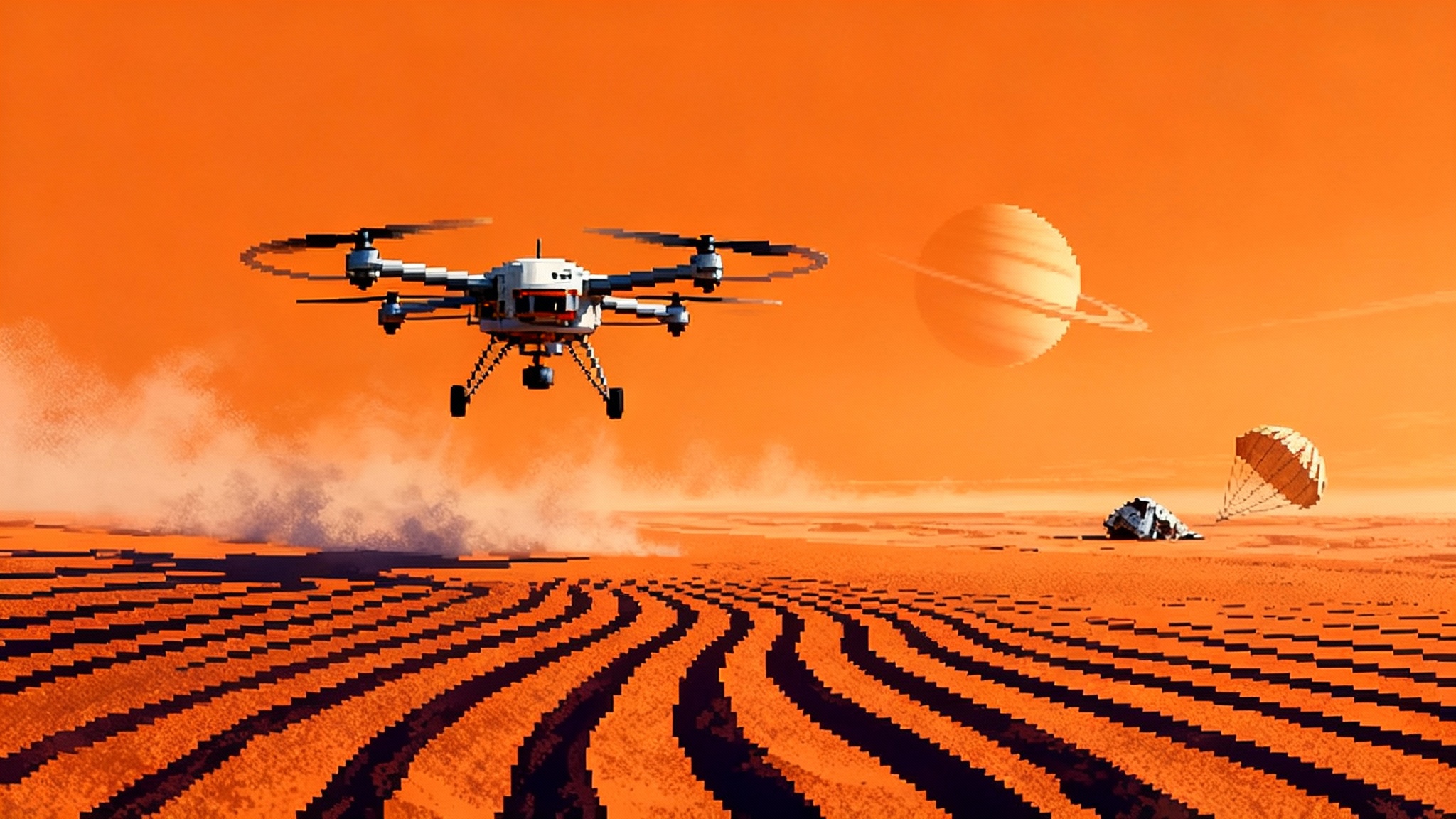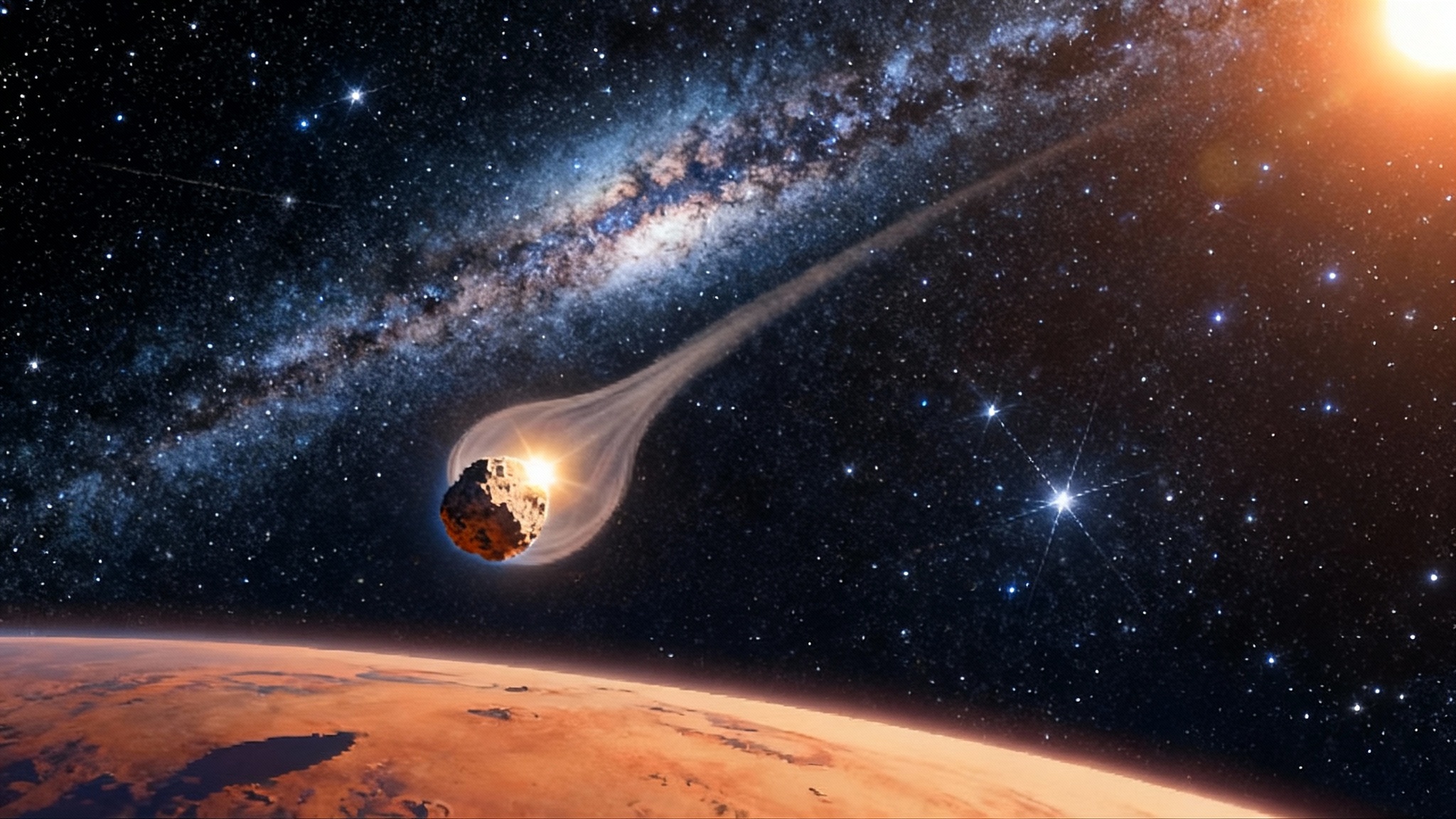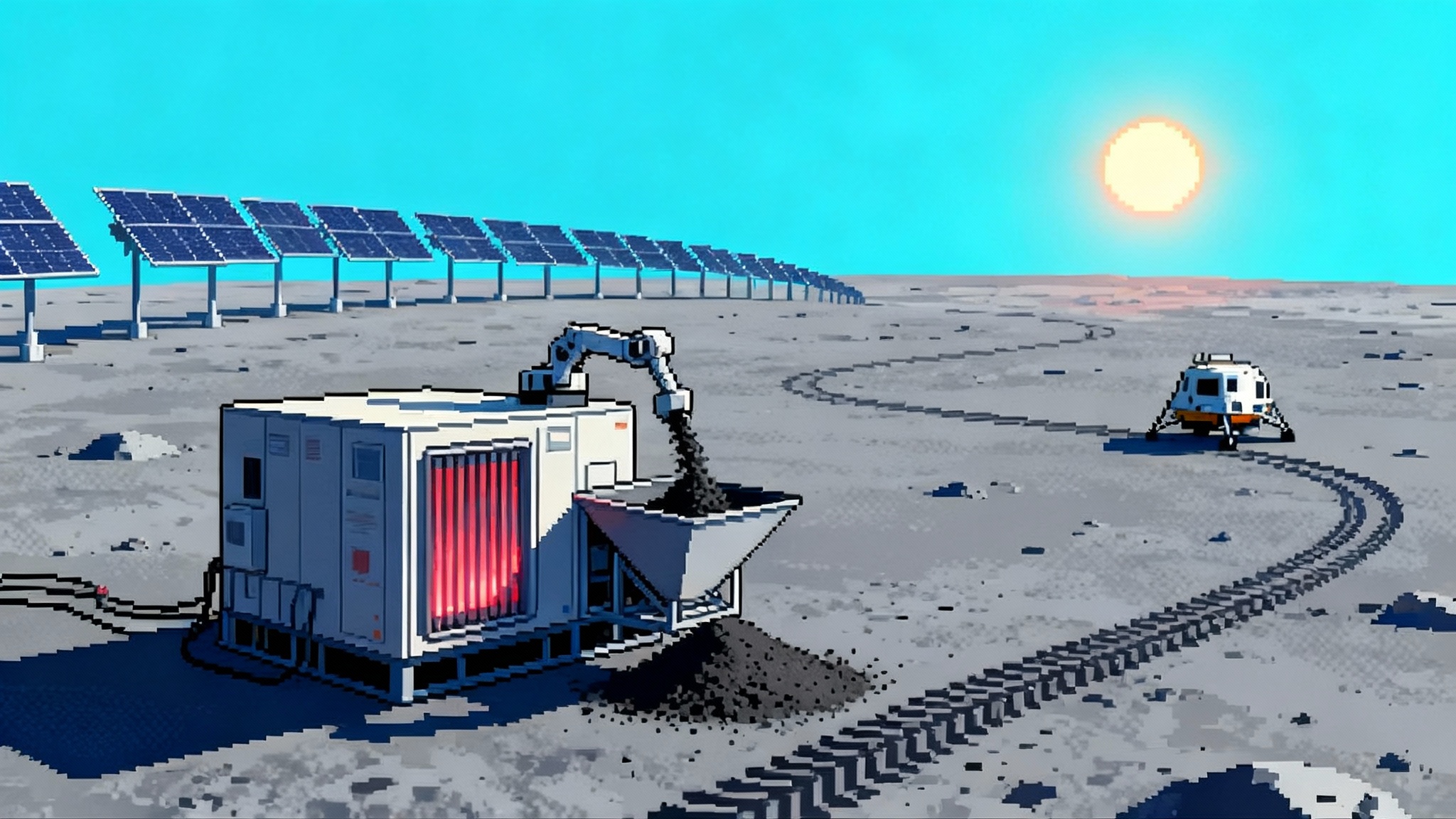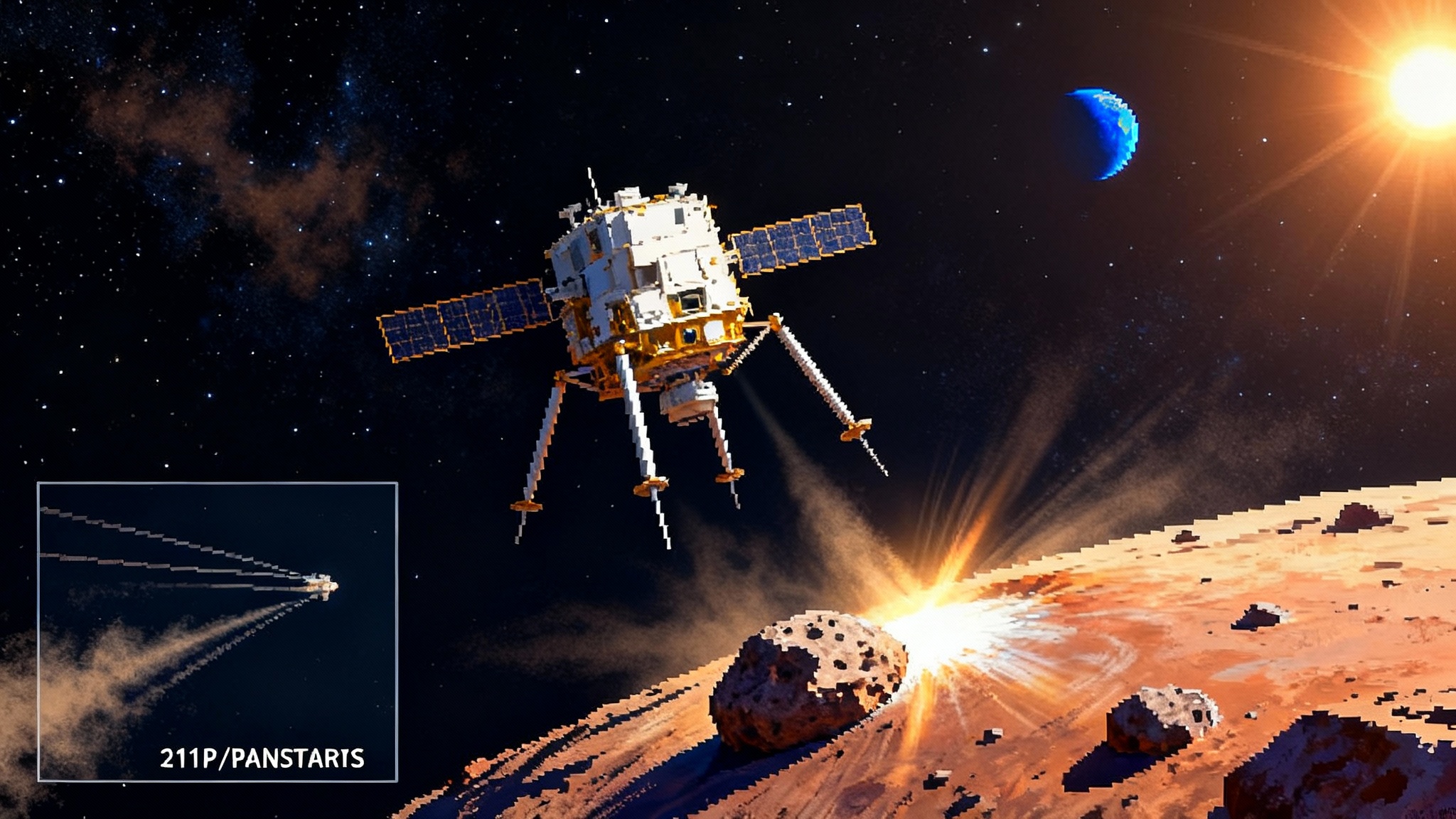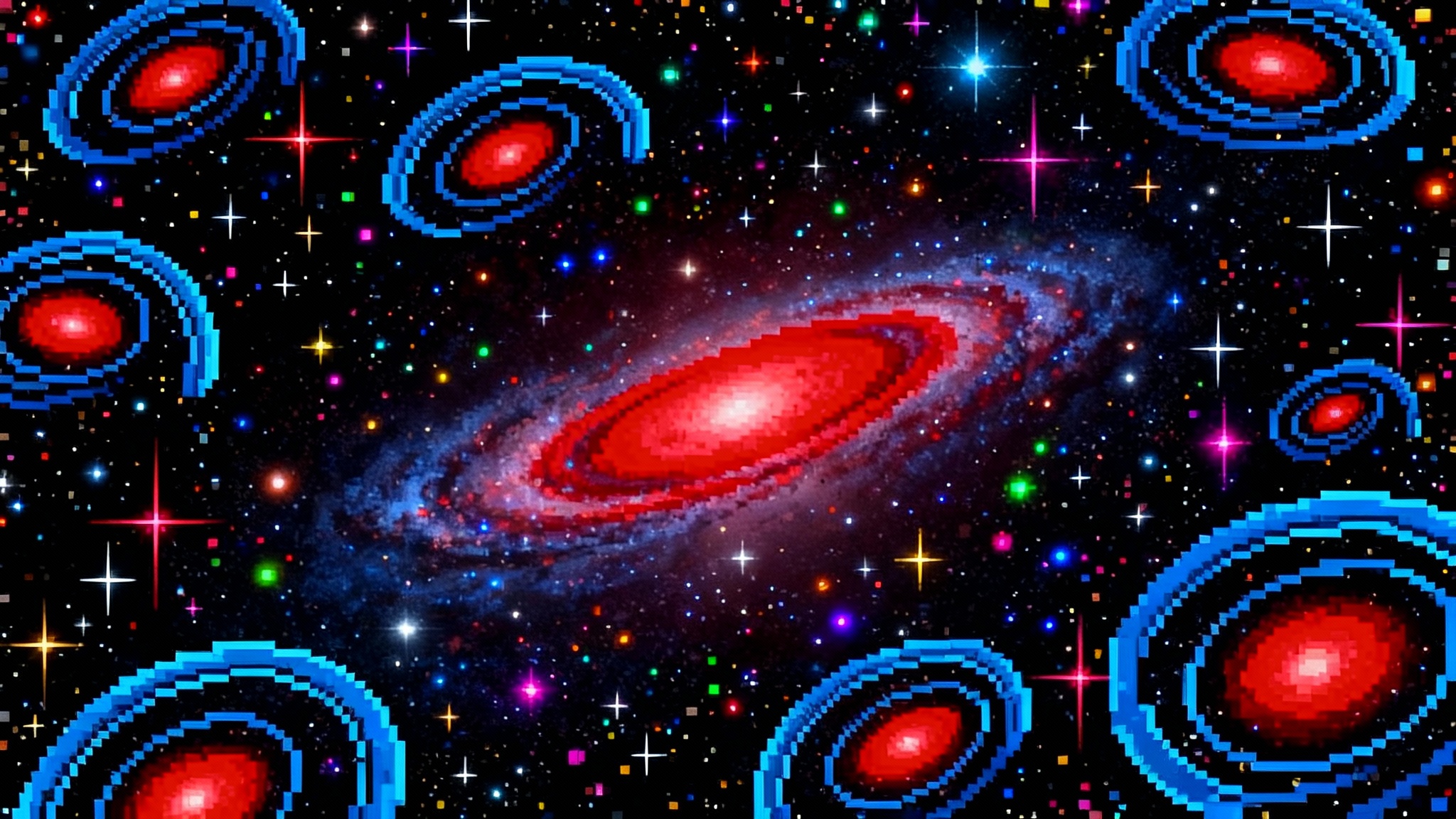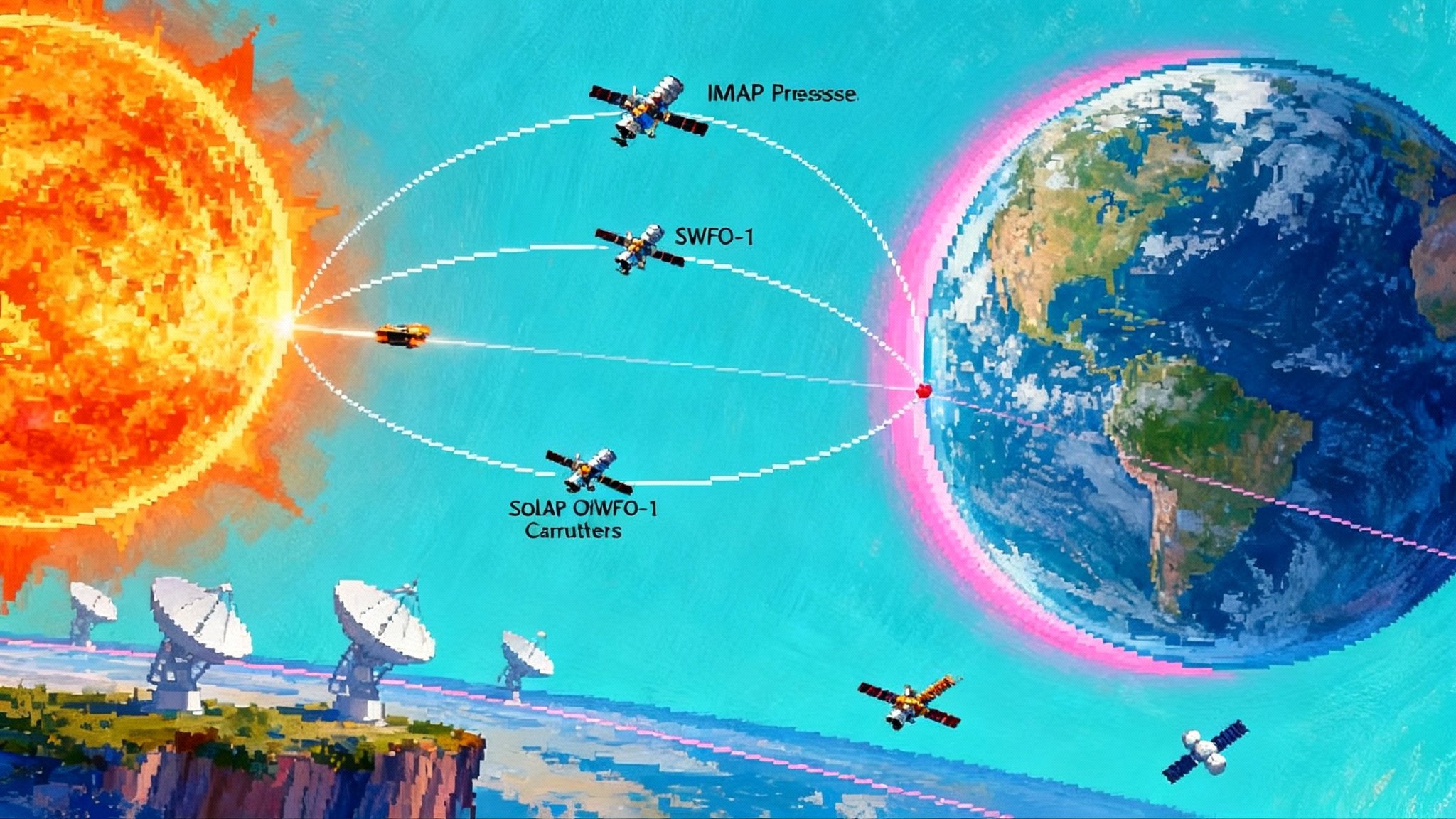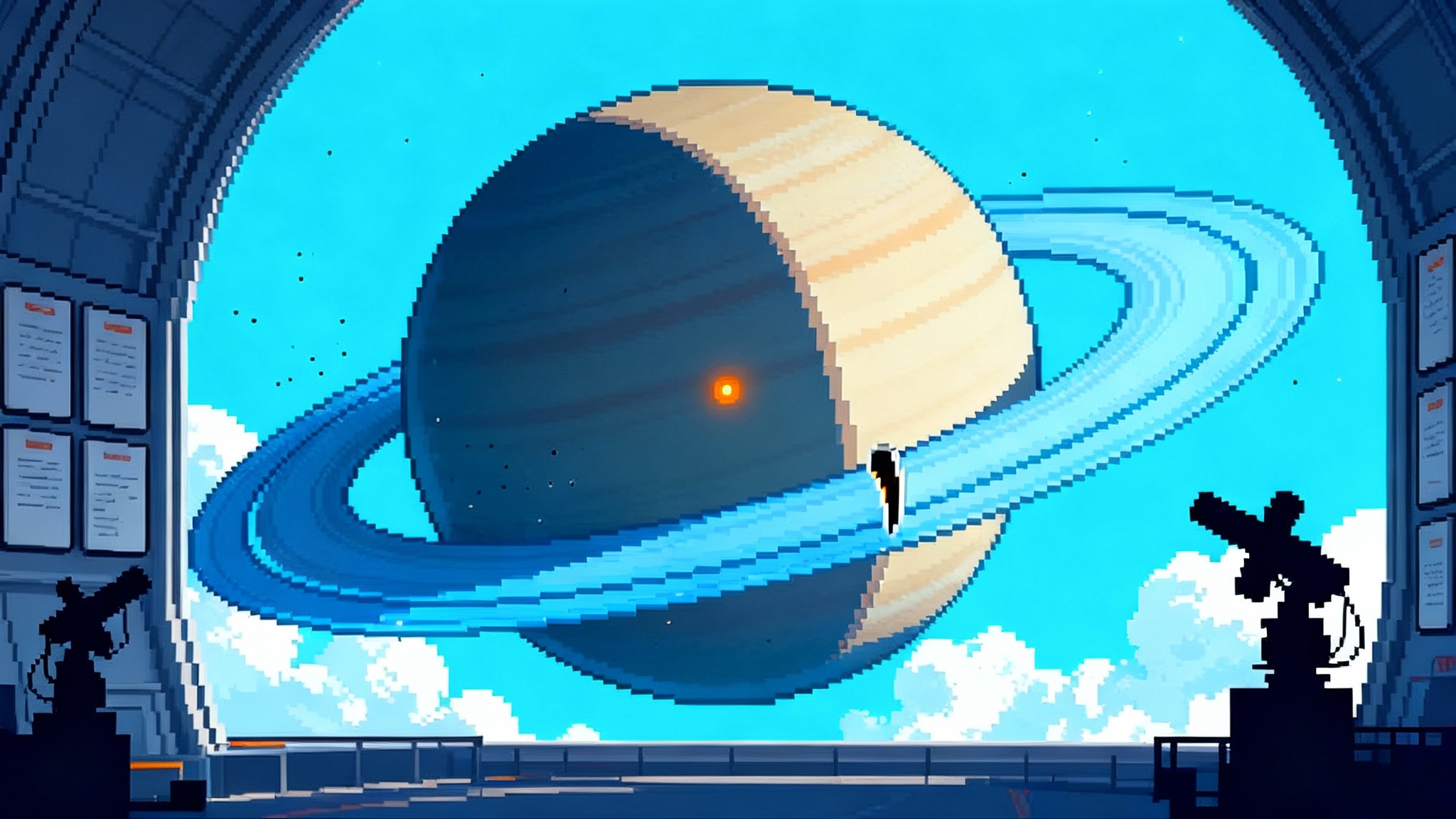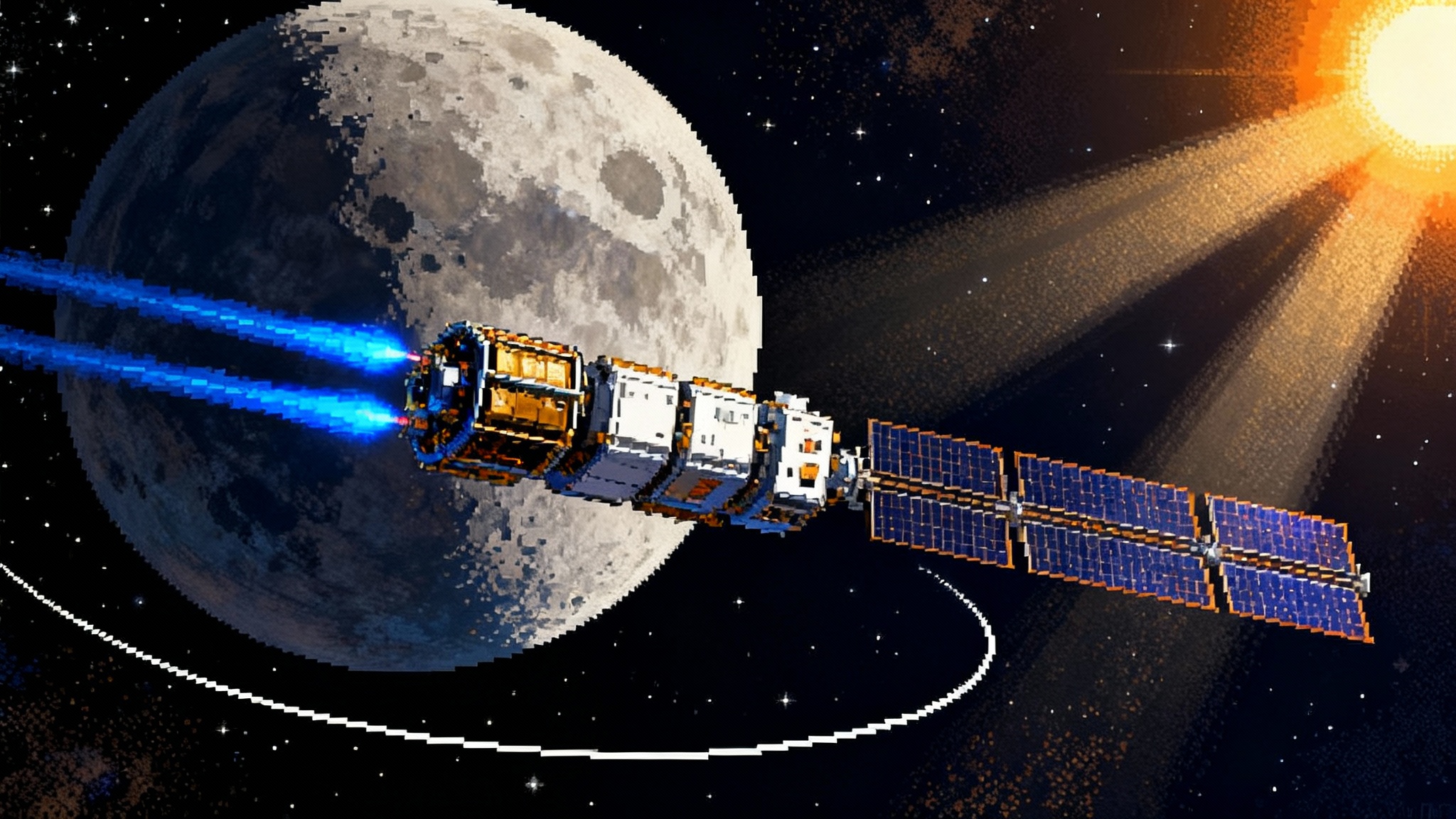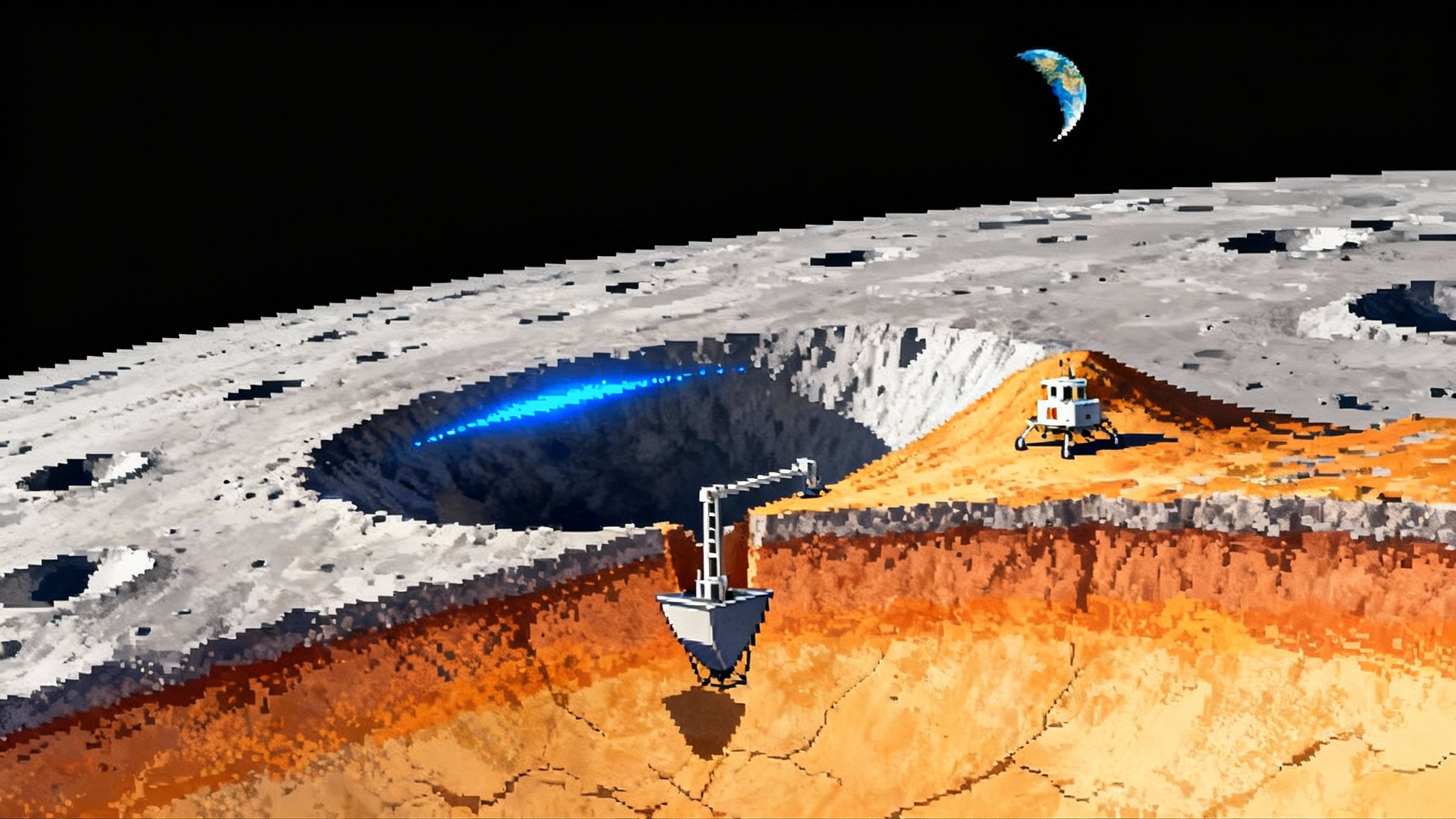Proba-3 makes eclipses on demand to map the inner corona
ESA’s Proba-3 turns totality into a scheduled lab. By flying two small satellites 150 meters apart, the mission creates hours-long artificial eclipses that reveal the Sun’s inner corona and sharpen CME forecasts.
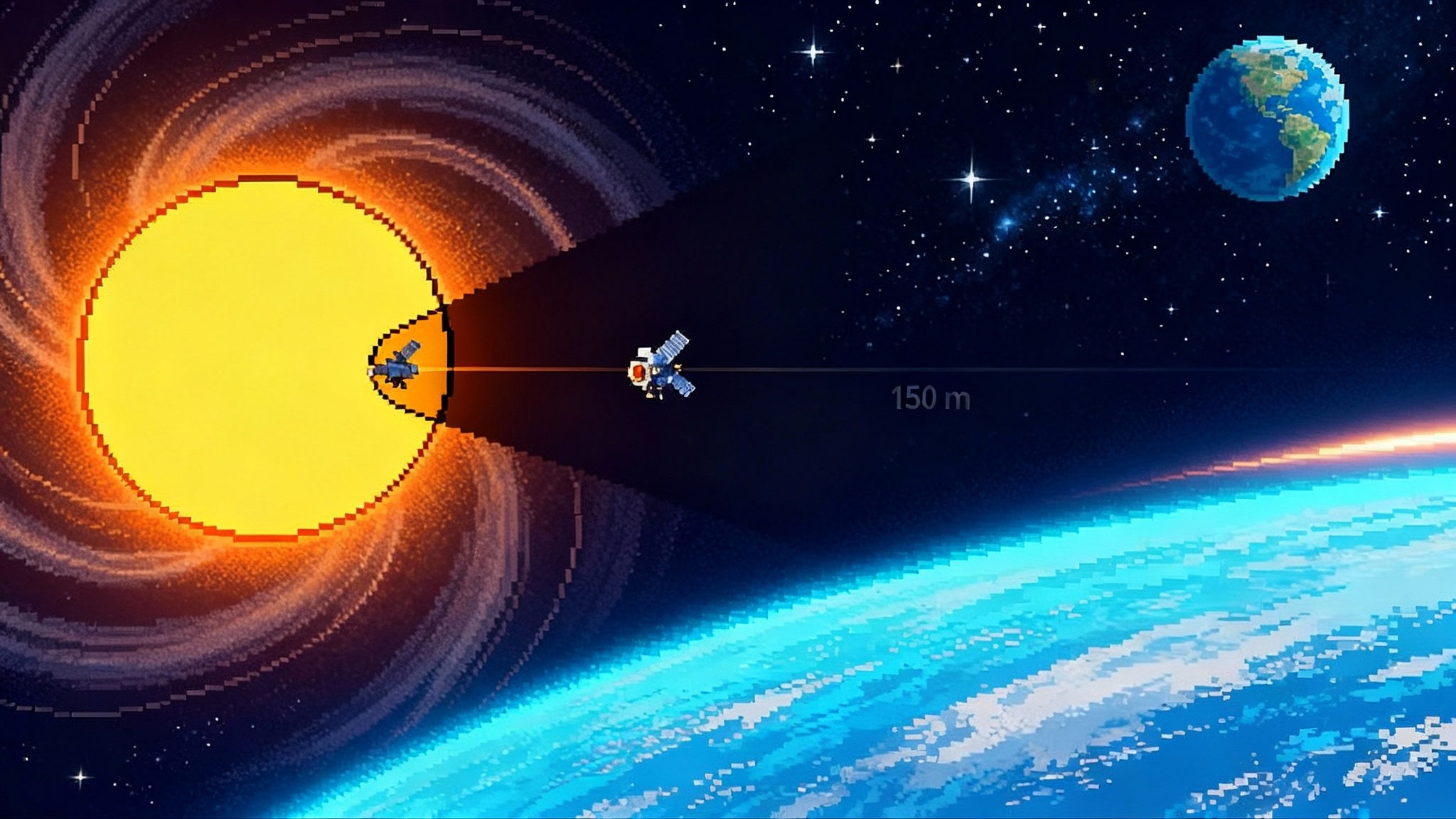
A new kind of first light
On 23 May 2025 a pair of refrigerator‑sized satellites formed a single telescope in space, and the Sun blinked. The Occulter spacecraft slipped exactly between the Sun and its twin, the Coronagraph spacecraft, and cast a tiny shadow across a 5 cm aperture. When ESA released the first inner‑corona images on 16 June 2025, the result was more than a pretty picture. It was proof that long, controlled eclipses are now a routine lab, not a once‑in‑a‑lifetime spectacle. See the ESA gallery of first inner-corona images.
The early frames show what natural eclipses only tease for a few minutes. Streamers rise like combed hair from the solar limb. Knotted loops glow in the coronal green line seen by iron at several million degrees. In polarized visible light the wisps take on a sculpted definition, separating the hot electron‑scattered K‑corona from faint dust glow. These are the structures where the solar wind begins and where many coronal mass ejections are born. With Proba‑3, scientists finally get to watch this region for hours at a time, orbit after orbit, under identical observing conditions.
How two small spacecraft make the Sun go dark
Proba‑3 is simple to describe and fiendishly hard to execute. One satellite carries an occulting disk 1.4 m across. The other carries the ASPIICS coronagraph. They fly about 150 m apart. The occulter has one job: block the Sun’s bright disk. The coronagraph has the other: record the delicate light that skims above it. That geometry turns the pair into a virtual 150 m‑long instrument that suppresses stray light by many orders of magnitude and lets the telescope look right up to the solar limb, down to roughly 1.1 solar radii.
Hitting that target requires exquisite choreography. The occulter’s shadow at 150 m is only about 8 cm wide. Proba‑3 keeps the coronagraph aperture centered inside that shadow with millimetre‑level accuracy while the two vehicles orbit Earth. The team calls it a leader and wingman approach. The Coronagraph spacecraft holds formation and sets the pace. The Occulter follows with short nitrogen puffs from cold‑gas thrusters, nudging itself every few seconds. Star trackers provide attitude, a relative GPS solution works during the lower part of the orbit, and an inter‑satellite radio link keeps the pair in constant conversation.
The orbit is highly elliptical. Near apogee, more than 60,000 km from Earth, the gravity gradient is low and the fuel cost of holding formation drops. That is when the mission creates its artificial eclipses. Proba‑3 delivers up to six hours of continuous totality during each 19 hour 36 minute orbit, a cadence that turns a rare natural event into an observing window you can schedule. For detailed numbers on eclipse duration, shadow size, and formation control, read the ESA Proba-3 mission FAQ.
Key numbers at a glance
- Baseline separation: 150 m
- External occulter: 1.4 m diameter
- Shadow width at telescope: about 8 cm
- Continuous totality per orbit: up to 6 hours
- Inner working angle: down to about 1.08–1.1 solar radii
Inside ASPIICS, the camera that rides a shadow
ASPIICS is a classic Lyot coronagraph updated for formation flight. The external occulter on the separate spacecraft removes most of the Sun’s glare before light even reaches the telescope. Inside the coronagraph, a secondary occulter, field lens, Lyot stop, and relay optics pick off the remaining diffracted light and sharpen contrast. The entrance aperture is small by ground‑based standards, but with the external occulter sitting a football field and a half away, the system acts like a very long optical bench in space.
The instrument views the inner corona from about 1.08 to roughly 3 solar radii, squarely in the gap that has long plagued solar physics. Extreme‑ultraviolet imagers aboard missions like SDO see low coronal loops near the surface. Outer coronagraphs start farther out. The inner corona, where magnetic fields expand and structures transition from closed to open, has been painfully undersampled. ASPIIDS closes that gap and does it with multiple modes. In polarized white light it tracks electron scattering and maps density. In a narrow Fe XIV filter at 530.3 nm it picks out plasma near a few million degrees, sensitive to heating and current sheets. In a He I D3 filter near 587.6 nm it samples cooler, denser material that can trace prominence cores.
Each pixel is a few arcseconds on a side, enough to follow fine strands and rapidly evolving fronts when coupled to cadences of seconds to minutes. The long and repeatable observing windows matter as much as the optics. With six hours of totality per orbit the team can plan sequences that rotate between polarization angles, spectral channels, and exposure times. They can run controlled experiments, not just grab what the sky gives them.
What the first images say about eruptions
Every coronal mass ejection must pass through the inner corona on its way out. That is where magnetic structures inflate, twist, reconnect, and break free. In earlier datasets scientists often had to stitch together observations from instruments with different passbands and different vantage points. The worst moments were gaps between the low corona and outer fields of view, where the eruption accelerates fastest. Proba‑3 is built to fill exactly that hole.
In the first release, the green‑line image shows a bright loop rising off the limb. In white‑light polarization, narrow rays hint at fine channels where the magnetic field guides plasma outward. As the mission builds up time series, researchers can measure how density structures move and how fronts steepen. They can quantify early acceleration rather than infer it from two widely separated snapshots. That feeds directly into the models that predict when a CME will reach Earth and how severe it might be.
The instruments will also catch the quiet buildup before eruptions. Persistent shearing motions, slow inflation of flux ropes, and the emergence of small blobs may be visible hours before any obvious lift‑off. If such pre‑eruption signatures prove reliable, they could give forecasters precious extra warning. With six hours of continuous coverage per orbit and repeated opportunities each week, the odds of catching the full life story of an eruption improve dramatically.
A fresh angle on the coronal heating puzzle
The outer atmosphere of the Sun is hundreds of times hotter than the visible surface. Something deposits energy into the corona with great efficiency. Two main suspects have held the stage for decades. One is a menagerie of waves, especially Alfvénic modes that carry energy along open field lines and may dissipate through turbulence. The other is a steady hail of tiny reconnection events, often called nanoflares, that heat localized strands.
Proba‑3 is not a spectrometer in the classic sense, but its combination of polarized white light and narrowband imaging is well matched to the signatures of both processes. If waves are doing important work you expect to see periodic motions and correlated brightness changes along fine structures in open regions. Long eclipse windows make it possible to accumulate the statistics needed to pick these patterns out of noise. If nanoflares dominate, you expect impulsive brightenings that travel along loops and leave behind temperature‑dependent fingerprints in Fe XIV relative to white light. Early images already show the kind of braided fine structure that wave and reconnection models predict. The payoff will come from months of patient time series rather than single frames.
From two satellites to fleets
Proba‑3 is a mission of science and of technique. The formation flight is the technique, and it is a leap. Holding two free‑flying spacecraft 150 m apart with millimetre accuracy for hours, without continuous ground control, is something future observatories can build on.
Think of starshades for exoplanets. Those concepts put a large occulter tens of thousands of kilometers from a space telescope to block a star and reveal a dim planet nearby. The geometry is different, since the Sun is an extended source and distant stars are nearly point sources, but the formation‑flying challenges rhyme. Navigation sensors that can blend starlight, GPS, ranging links, and optical beacons. Autopilots that can keep a shadow on target for long stretches. Collision avoidance that never sleeps. Proba‑3 is the first time all of this has worked for hours in orbit, and it turns a technology risk into something demonstrated.
The same approach unlocks new ideas for multi‑spacecraft solar observatories. You can imagine a small fleet that flies a reconfigurable external occulter in front of a coronagraph, then shifts to give a different inner working angle. You can imagine tandem imagers and spectrometers, each optimized for a different height in the corona, coordinated as a single instrument across hundreds of meters. Formation flight also invites interferometry, where widely separated collectors synthesize a much larger aperture. Proba‑3 puts real, hard numbers on the fuel cost, the pointing precision, and the autonomy needed for these ideas to leave paper. Efforts such as ESCAPADE rewrites the interplanetary playbook show how small, coordinated craft can change what we observe and how fast we learn.
Better space weather, not just better pictures
Space weather is a practical problem. Airlines reroute long flights to avoid radiation exposure during geomagnetic storms. Utilities protect long transmission lines from induced currents that can trip transformers. Satellite operators juggle drag, radiation, and communications coverage. Forecasts hinge on when a CME leaves the Sun, how fast it accelerates, and what magnetic field it carries when it arrives.
Proba‑3 improves the first two inputs directly. Six‑hour eclipse windows let forecasters time the start of an eruption and track its early acceleration rather than guess. The inner corona view closes a long‑standing blind spot that forced modelers to extrapolate with large uncertainties. Those gains flow into arrival time predictions at Earth. Magnetic orientation is harder because it depends on how the CME twists en route, but better initial conditions help every model down the line. For the operational context, see how the L1 Trio will transform space weather.
The mission carries a second instrument, DARA, a radiometer that monitors total solar irradiance from the Occulter spacecraft. Irradiance is not a space weather alarm bell, but it is a fundamental solar input for climate records. Combining a precision irradiance monitor with high‑contrast inner‑corona imaging on the same platform makes Proba‑3 a compact space physics lab.
What to watch next
Commissioning proved the formation could be acquired and held for hours. The first eclipse images demonstrated that stray light is under control and that the polarimetric and spectral channels behave as designed. The next milestones are longer time series and coordinated campaigns with other observatories. Pairing inner‑corona movies with extreme‑ultraviolet data and in situ solar wind measurements will sharpen eruption timelines. Coordinated runs during periods of high activity will put the cadence and autonomy to the test.
Proba‑3 plans regular observing blocks each week to conserve propellant. That cadence is enough to build a deep library of streamer bases and coronal holes, to catch multiple full CME life cycles, and to sample different magnetic configurations as the solar cycle evolves. The images released in June show that the system works. The real science will come from repetition and coverage.
The bigger picture
Natural totality is a gift, but it is also a constraint. It is brief. It is rare. It happens where it happens, when it happens. Proba‑3 turns totality into a scheduled setting. It gives scientists the inner corona in the same way a laboratory gives a chemist a steady flame and a controlled environment. ESA’s recent breakthroughs, including Euclid's first data is rewriting, show how methodical, repeatable observing transforms what we can learn.
There is romance in that first violet and green view of the corona, but there is engineering in every pixel. The occulter’s edge shape was tuned to tame diffraction. The internal optics were laid out to kill ghosts and glare. The guidance loop was built to keep a coin‑sized shadow solidly on a small telescope across a moving orbit. The result is an instrument that is small, precise, and tireless.
If you care about the physics, Proba‑3 is already paying off. If you care about the future of observatories, it is a door opening. A two‑satellite telescope that makes the Sun disappear for six hours at a time is not a trick. It is a method. Expect to see more of it, aimed not only at our star but at distant ones, and at problems where single spacecraft have hit their limits.
Why this matters now
Solar activity is high. Communications and navigation rely on satellites more every year. Grids are more connected and more sensitive to storms. Forecast improvements that come from better timing and early acceleration measurements are not abstract. They turn into hours of lead time, into fewer false alarms, into more resilient operations. Proba‑3 is not an operational forecast mission, but it is exactly the kind of pathfinder that operational agencies need.
The first images are a beginning, not a coda. The mission will refine its formation algorithms, adjust its observing recipes, and publish data products that modelers can ingest. The story that started with a tiny 8 cm shadow will move into code and forecasts and planning tools. That is how technique turns into capability.
A final look
Imagine you are the Coronagraph spacecraft. The Sun fills your field of view, but you see only darkness at the center where your partner’s occulting disk perfectly blocks the glare. Around that circle is a thicket of fine light, changing from minute to minute. You keep station inside a shadow barely wider than a coffee mug. Your partner fires a whisper of nitrogen to hold position. Somewhere below, Earth rotates, and somewhere higher up, a coronal loop starts to rise.
Proba‑3 gives us that view on demand. The first inner‑corona images prove it. The next chapters will tell us how eruptions begin, how the corona stays so hot, and how fleets of spacecraft can work together as one instrument. That is a good trade for two small satellites and a very precise shadow.
